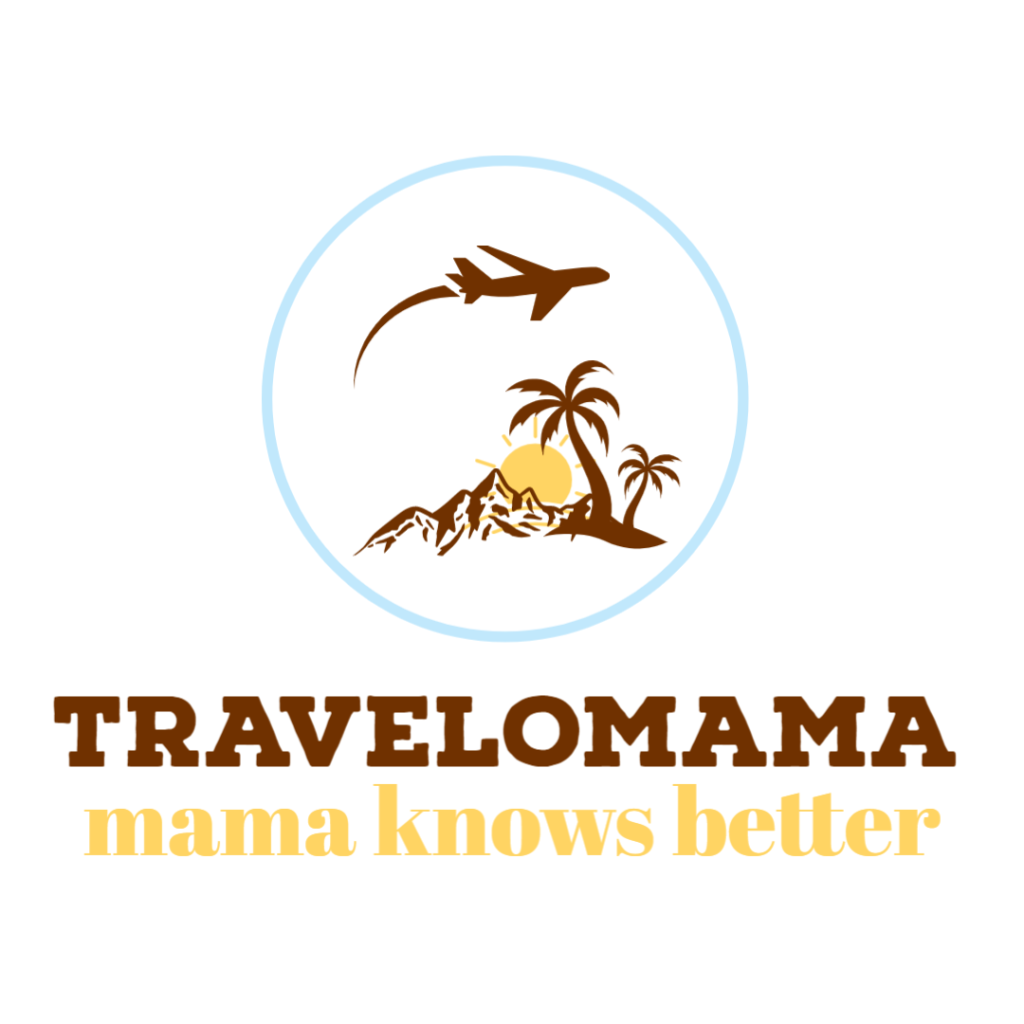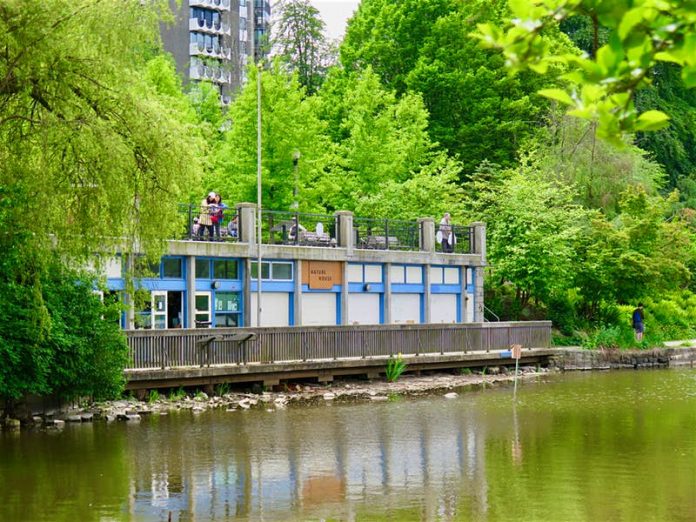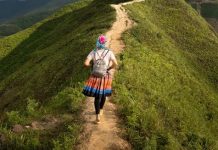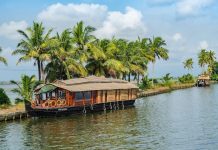Eyebrows were raised in 2011 when Vancouver, western Canada’s mountain-fringed metropolis, announced it would be the most eco-friendly city on the planet by the end of the decade. With its Greenest City 2020 Action Planabout to hit the titular target date, how close has the coastal community of 675,000 come to realizing its lofty objective – and what does it mean for visitors?
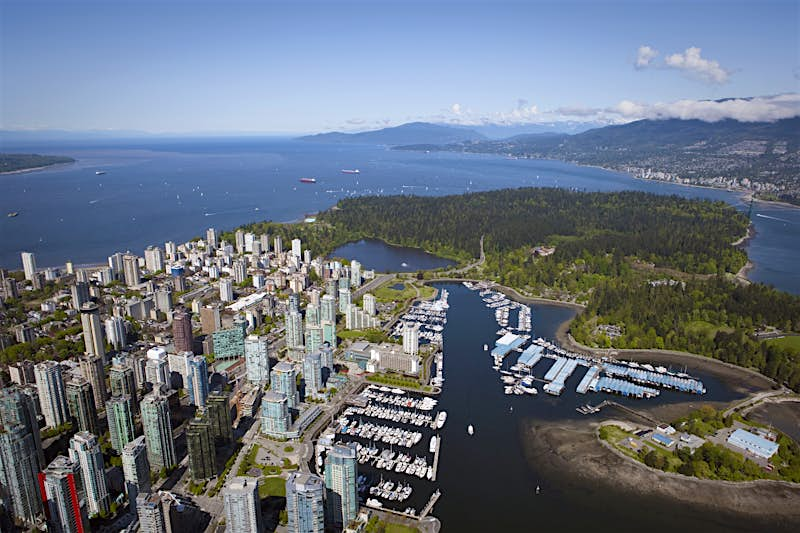
What was the plan?
‘It was very un-Canadian to jump up and down and tell everyone we we’re going to be the best,’ says Doug Smith, the City of Vancouver’s director of sustainability. ‘But we wanted people to question what it means to be the greenest city – we were trying to create a dialogue.’
It wasn’t just talk, though. The plan contained a series of concrete goals designed to push Vancouver toward a ‘bright green’ future. These areas – each with specific targets – covered everything from transportation to food systems and from waste management to building codes.
‘We knew we needed to do something dramatic to get locals on board with tackling climate change. And the ‘world’s greenest city’ label helped make the project more inspiring and aspirational,’ says Smith.
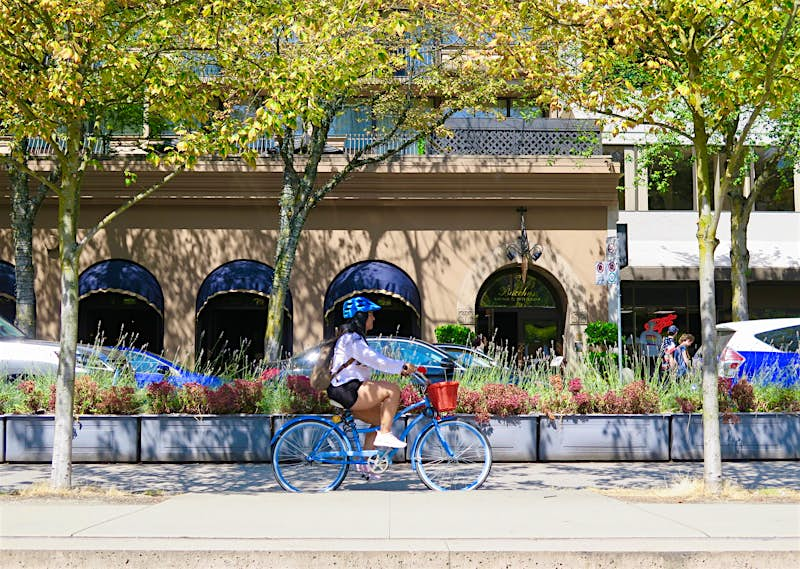
How has it gone?
The latest City figures show what’s been achieved since 2011 – and what hasn’t. More than 50 per cent of all local trips are now made by transit, bike or on foot. Vancouverites have also jumped on board with trash reduction, cutting solid waste landfill and incineration disposal by 28 percent. And the city is still on track to make all new building projects carbon neutral from 2020.
But not everything has gone as well. Greenhouse gas emissions have only fallen by 12 percent, despite a 33 percent target. There are several reasons for this, says Smith. ‘It’s great that more people are using transit. But the cars people use now are also bigger – and tackling fossil fuel industries isn’t easy.’
So, with 2020 looming on the horizon, can Vancouver call itself the world’s greenest city? ‘We’re not there yet,’ admits Smith. ‘But I would say it’s been wildly successful so far – we’ve hit two-thirds of our targets. And we’ve moved the conversation in the right direction. There’s an expectation now that Vancouver leads on green issues.’
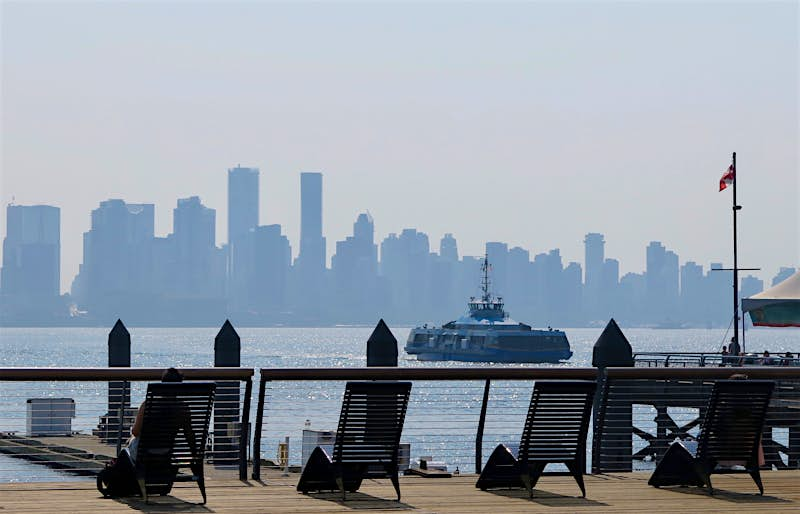
Green visiting
The Action Plan hasn’t just been about changing local habits. The initiative has also impacted visitors – both in how they explore the city and in what they do here. Which, for a destination Tourism Vancouver says receives more than 10 million annual visits, is crucial for any sustainability drive.
Transport-wise, it’s never been easier for visitors to get around without a car. Vancouver’s user-friendly transit system has expanded exponentially since 2011, providing more bus and SkyTrain rapid-rail services while increasing SeaBus ferry frequency across Burrard Inlet. Transit’s all-access $10.25 DayPass has proved hugely popular with visitors.
And when Vancouver launched its Mobi bike share scheme, more than 400,000 rides were registered in the first year, many of them curious out-of-towners. One reason for the swift uptake? The creation of 450km of separated bike lanes on local roads.
‘Our bike paths are safe, connected and scenic so the journey is as much fun as the destination,’ says Josh Bloomfield, founder of Cycle City Tours, a rental and tour operator located alongside downtown’s Hornby Street bike lane.
‘We see more and more travellers using our bike infrastructure to visit neighbourhoods and attractions,’ he says, adding that many are pedalling out to East Vancouver breweries or further-afield attractions like the Museum of Anthropology. His favourite routes? The Stanley Park trails beyond the Seawall plus the West Side parks and beaches out to the University of British Columbia.
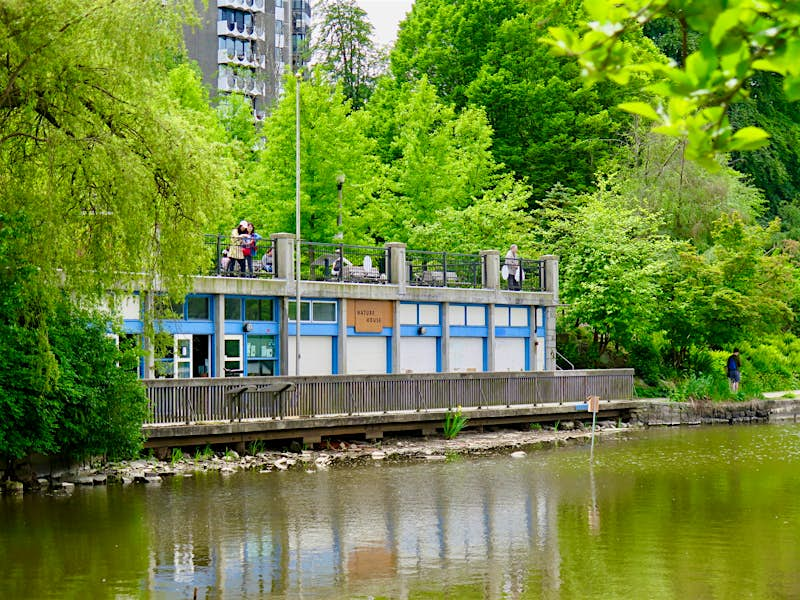
More places to go
The Action Plan also called for better access to nature. And while improved areas include a saltmarsh at New Brighton Park and a bee-friendly zone at Jericho Beach Park, Vancouver’s best new green attraction may be a repurposed railway line.
The City acquired the old Kitsilano-to-Marpole spur in 2016, quickly removing the rails to create the 8.5km-long Arbutus Greenway. Aiming to be Vancouver’s version of New York City’s High Line, landscaping features are still being planned – but the wildflower-flanked route has already proved hugely popular with walkers and bikers.
The Greenway joins parks and attractions sought-out by many eco-minded Vancouver visitors, including Pacific Spirit Regional Park, Stanley Park Nature House and the UBC Botanical Garden, where the popular Greenheart TreeWalk weaves through the leafy canopy on swaying footbridges.
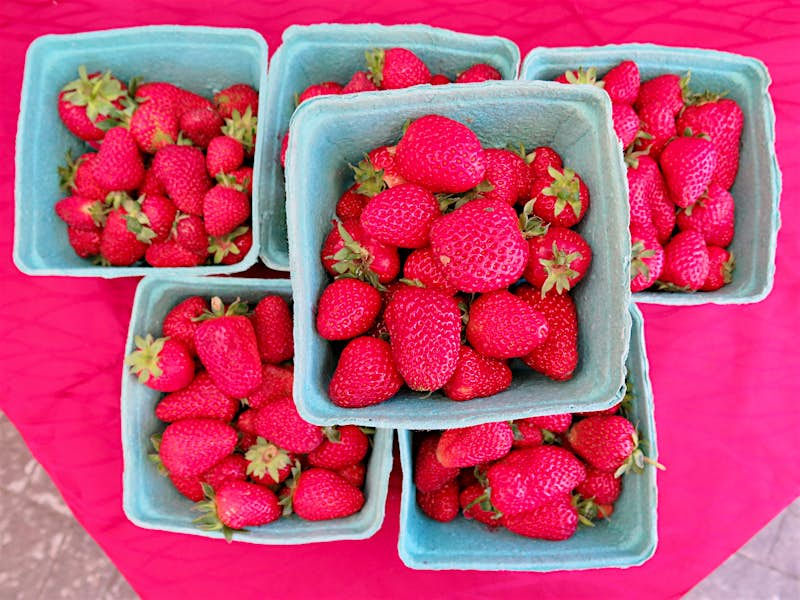
Eating your greens
The Action Plan also tackled food, aiming to strengthen city access to resources such as urban farms and community garden plots. The latest figures report a 49 per cent increase in these ‘local food assets’ since 2011 – including the thriving farmers’ markets many visitors search out here.
There’s a full menu of seasonal farmers’ markets in Vancouver, mostly running from late spring to early fall. Crammed with fresh-picked BC produce – from cherries to strawberries and from peaches to apples – they include Saturday’s Trout Lake market and Sunday’s Kitsilano market.
‘Our markets directly connect Vancouverites to the people who grow their food,’ says Jen Candela, spokesperson for Vancouver Farmers Markets, which organizes many of the city’s weekly produce pop-ups. Buying from local growers also helps keep the region’s farmland productive and sustainable, she adds.
For visitors, says Candela, the trick to a successful market visit is to arrive early. ‘Bring your own bags and shop around before you buy. And don’t forget to check out all of the different markets – each is as unique as the neighbourhood hosting it!’
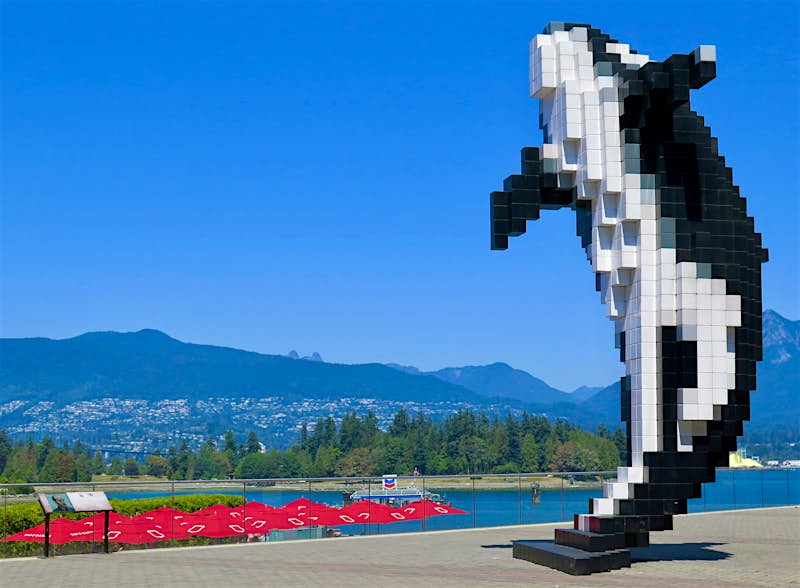
What next?
The Greenest City Action Plan ostensibly culminates in 2020. But Vancouver has already recommitted to meeting its goals, while also setting higher targets under a new Climate Emergency Response. This accelerated drive aims to tackle zero emission vehicles, walkable communities, local ecosystems and more.
These next steps call for some tough conversations with Vancouverites, says Smith. ‘We need to ask ourselves what do want to be as a city over the coming decades. We’re aiming for zero emissions by 2050, for example, but that means the vast majority of people need to be walking, cycling or taking transit.’
The upside, Smith adds, is that Vancouver – where Greenpeace was founded in 1971 – started these conversations at a grassroots level many years ago. ‘There’s a strong connection to nature here. And the community knows that we need to seriously challenge ourselves to change.’
